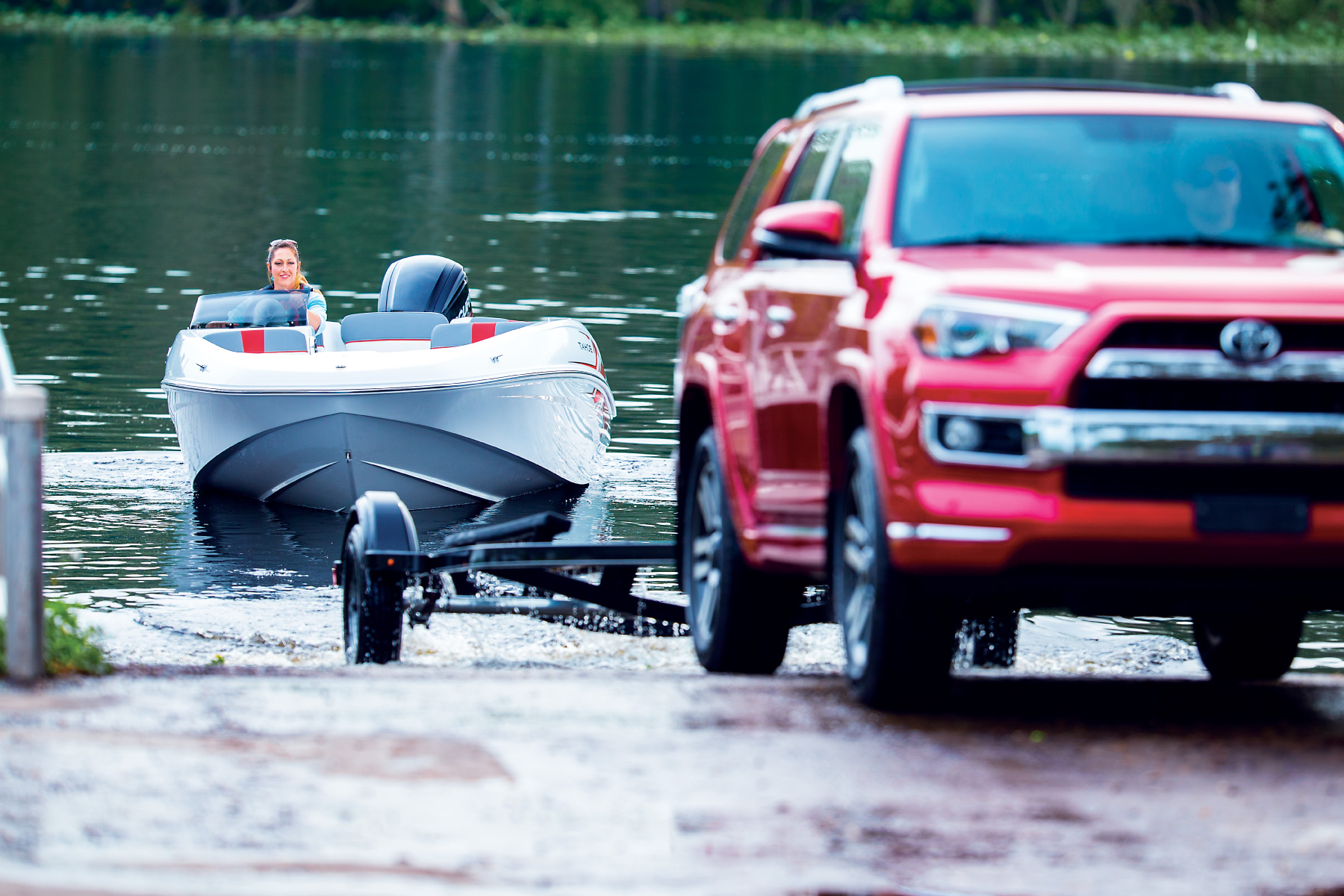If you are new to boating, you have probably encountered myriad shapes, sizes and colors of signs, markers and buoys. Some have beacons and strobes, while others might have horns to alert you of a danger. Those aids to navigation are the traffic signals that guide boaters safely along the waterways. They also identify dangerous or controlled areas, and give directions and information.
Known by the U.S. Coast Guard as Aids to Navigation and abbreviated as AIS, they are many and can be confusing to read and understand. Knowing the basic aids is a good idea and will keep you and other boats out of trouble.
This primer can get you started about understanding the most common AIS markers and some others used elsewhere throughout the nation’s coastal and inland waters.
The two main types of AIS are buoys and beacons. Buoys float on top of the water and are anchored to the bottom. Some have a light at the top, but others do not. A buoy with a cylindrical shape and a conical top is referred to as a “nun”. Those mark the edge of the channel on your starboard (right) side when entering from open sea, or heading upstream on a river or lake. A buoy with a cylindrical shape and a flat top is called a “can”. Those mark the edge of the channel on your port (left) side when entering from open sea or heading upstream.
Beacons are permanently fixed and most commonly anchored to the bottom. A beacon that has a light attached is simply referred to as a “light”. A beacon without a light attached is called a “daybeacon”.
Buoys and beacons can provide a variety of navigation information according to shape, color, light and audible signal.
Lateral aids to navigation mark the edges of safe water areas. You will encounter them on well-defined channels to mark the route to be followed. Think of lateral aids like highway department intersection road signs. These aids also mark junctions or splits in the channel, indicate the safe side to pass a hazard to navigation and mark the safe centerline on wide bodies of water. These markers use a combination of colors and numbers, which may appear on either buoys or permanently placed markers.
The colors and numbers of the buoy or marker have the same meaning regardless of the type of navigation aid. For these buoys, the numbers usually increase consecutively as you return from open sea or head upstream.
Red Colors, Lights & Even Numbers
These mark the edge of the channel on the starboard (right) side as you enter from open sea or travel upstream.
Red Colors, Lights & Even Numbers
These mark the edge of the channel on the starboard (right) side as you enter from open sea or travel upstream.
Green colors, lights & odd numbers
The edge of the channel is on the port (left) side as you enter from open sea or travel upstream.
Red & green colors with lights
These aids are located at the junction of two channels and indicate the preferred channel where they split. If green is on top, the primary or preferred channel is to the right. If red is on top, the preferred channel is to the left. These aids are also called “junction buoys”.
Red & green colors & lights
These are placed at the junction of two channels to show the preferred channel.
“Red, Right, Returning”
“Red, Right, Returning” is a universal phrase that makes it easy for inexperienced boaters to learn how to navigate and use aids. This expression refers to the fact that when entering a channel from the open sea or proceeding upstream, a boater must keep the red aids on the right (starboard) side of the boat. These aids have even numbers, and the numbers should increase as you proceed inland. When proceeding toward open water, navigate so the green aids are to starboard. In this instance, you will see odd numbers on the aids and the numbers should decrease as you proceed toward open water.
There are variations to the U.S. Coast Guard AIS. When on the Mississippi River and its tributaries above Baton Rouge, LA, and several other rivers flowing into the Gulf of Mexico, boaters must follow a system called the Western Rivers Marking System. Numbers displayed below daymarks along this system are not associated with the right or left side of the channel. Instead, these numbers indicate distance from the river's mouth. An exception is the Ohio River, where they indicate distance for the headwaters.
The Intercoastal Waterway (ICW) is a chain of local channels linked together to provide an inland passage along the Atlantic and Gulf of Mexico coasts. Channels that are part of the ICW are identified by yellow symbols on channel buoys and markers. Note that the color of the buoys will typically correspond to the “Red, Right, Returning” scheme. When following the ICW, the yellow markings should be used as guides, rather than the colors and shapes of the lateral navigation markers on which they appear. ICW symbols are most commonly found on daymarks. When following the ICW from New Jersey toward Brownsville, TX, these rules apply:
- Any marker displaying a yellow triangle should be passed by keeping it on the starboard (right) side of the vessel.
- Any marker displaying a yellow square should be passed by keeping it on the port (left) side of the vessel.
- These rules hold regardless of the shape or color of the channel marker or buoy on which the ICW symbols are displayed.
As you can see, the above navigation aids share several things in common. Those are red and green colors that indicate which side of the buoy you should pass to remain in safe water. And of course, “Red, Right, Returning.” When you encounter a colored buoy, read it, react accordingly and you will be a safer boater.


